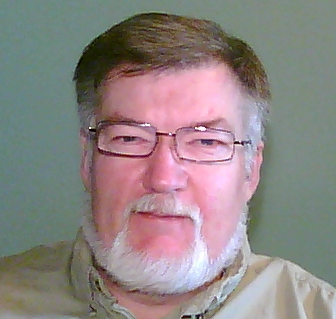

Certified Master Inspector
Providing Residential and Commercial Property Inspections for Muskoka
8 a.m. to 7 p.m., 7 Days a Week
Call 705 205 4663
DoneRight1@live.ca
8 a.m. to 7 p.m., 7 Days a Week
Call 705 205 4663
DoneRight1@live.ca


Bio filter, peat bed, regular septic ? what is the difference?
Like most septic waste systems the treatment begins with a large tank, usually divided into 2 sections. with a divider called the center baffle which can go from top to two thirds down the depth of the tank or it may have a full height baffle with one large hole in the middle or several smaller holes in a ring . These holes allow water to pass through the baffle while solids float and sludge sinks to the bottom.

Residental septic waste treatment begins with septic bacteria colonizing the solids, as they digest waste materials the resulting broken up waste including nutrients from the bacteria's digestive process sink to the bottom forming a sludge layer. With every shower, sink full of dishes, or toilet flush, water entering the tank pushes a similar amount of the clear layer through the opening in the center baffle and thus out the tank outlet.

The leachfield of a standard septic system would distribute the liquid effluent ( waste water) out a distributing network of pipes in a leachfield ( drain field ). While the leachfield may be trenched in or built up in a mound, final filtering takes place as the liquid filters through the filter sand around the pipe until the liquid reaches the ground water level.
The secondary stage treatment difference
A biofilter type system, Peat bed type, or any number of other patented media type systems all feature additional treatment areas after the tank to process waste nutrients and further remove them before they can enter the sand material in the leachfield.

For example Waterloo Biofilter Flat Bed systems have the treatment unit or septic tank for first stage waste processing but instead of leaving the tank for the leachfield the effluent enters a pump tank which is on a float switch that pumps effluent to a secondary treatment unit ie. the flat bed unit. These units are constructed of fibreglass shells that will contain patented Biofilter filter media. ( special foam blocks) This media is extremely porous and each block has thousands of small surfaces for bacteria that eats nutrient waste elements to colonize. When the waste reaches the bottom of the media it passes into the same type filter sand as the standard septic system leachfield.
It is nearly clean water now
This secondary stage process allows for a much cleaner effluent entering the soil, in fact it looks almost perfectly clear by then. Importantly it has also geratly reduced harmful nutrients like nitrogen that can adversly impact our rivers and lakes. It also allows for a much more compact leachfield area as long trenches or large mounds are no longer necessary.
Is there another difference?
Unlike a conventional septic system, which once installed is seldom thought of till the time to pump the tank rolls around every three years or so, maintenance of Waterloo Biofilter treatment systems, like all secondary treatment systems is a requirement specified in the Ontario Building Code for residential systems. A service contract with the manufacturer or service representative must be on file and updated yearly with the municipality the system is located in. Regulations in most other areas of North America are similar.
Bruce Grant
Certified Master Inspector